Trade
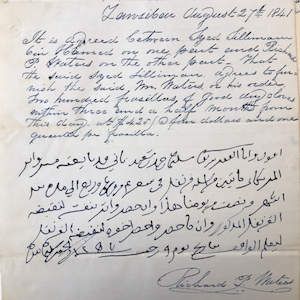
American and Zanzibari Trade Contract, 1841
This contract, one of few bilingual agreements that survive, illustrates the practical commercial system that Indian, Arab, and American traders developed on Zanzibar. The document outlines the quantity, quality, and price of the cloves being sold as well as their expected delivery date.
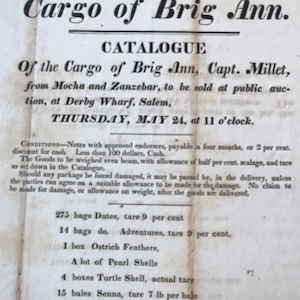
Advertisement for the Auction of the Ann’s Cargo, 1827
This flyer advertises the Ann’s 1827 arrival in Salem, Massachusetts, after making one of the first American trips to Zanzibar.

Short Teaching Module: Global Approaches to Maritime Trade in Colonial North America
Traditional narratives in American history, especially in colonial history, tend to focus primarily on British policy and British trade networks. Taking a global approach to the maritime trade of British America in the colonial era provides a better understanding of the actual economy, however.

Bill of Lading of a ship from Piscataqua to Bilbao in Spain, 1721
This bill of lading is a standard form used in shipping in the 18th century.
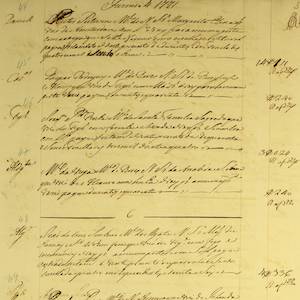
Lisbon Port Entry List for Colonial American Ships, 1771
This is just one example of thousands of pages and documents that the Portuguese use to manage and record the trade coming in and out of their ports.
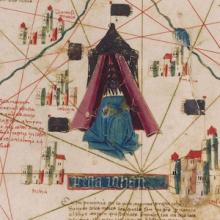
Short Teaching Module: Examining Early Genoese Voyages through Maps
The medieval Genoese ranged from China to the Atlantic, and their experience in navigation, the sugar industry, and the slave trade were the elemental foundation of Iberian colonial expansion.
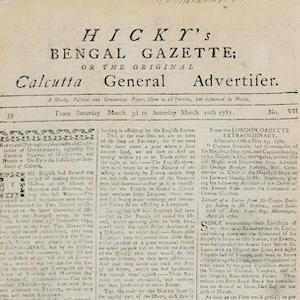
Hicky's Bengal Gazette
Hicky’s Bengal Gazette was the first printed newspaper to be published in India.
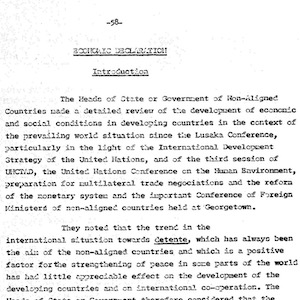
Economic Declaration of Nonaligned Countries
This document is part of the economic declaration of the Fourth Nona

"The Problems of Third World Development"
The text is an excerpt from the 1974 Houari Boumédiène’s speech to t
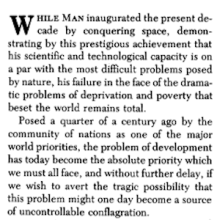
Short Teaching Module: The Nonaligned Movement and Cold War Détente
Since the early Cold War, neutral and nonaligned countries sought to